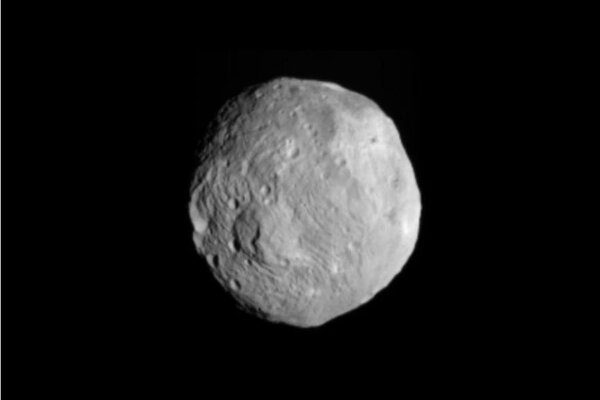from The Christian Science Monitor
Why more than 100 scientists are backing an asteroid-deflection mission
Scientists have have voiced their support for a 2020 mission to do a test deflection of an asteroid to prepare for the possibility of a future collision with Earth.
 NASA/AP
NASA/AP
How do you stop an asteroid headed directly at Earth?
That’s the question that scientists have been asking for decades now. For most of human history, the only answer to such a question would be a shrug. But as asteroid detection continues to improve, scientists say they might be able to have enough time between spotting an incoming meteor and its impact to actually keep it from hitting our planet.
While scientists believe that asteroids like the kind that wiped out the dinosaurs are rare, smaller asteroids can still cause massive damage all over the world. In order to prevent these destructive collisions, more than 100 scientists published a letter in support of a joint NASA/ESA mission, set to launch in 2020, to study and ultimately deflect an asteroid. The mission would enable humanity to learn more about the threat posed by near-Earth objects and would mark the first time an asteroid has been deflected away from Earth in a dry run for planetary defense against near-Earth objects on a more destructive course.
“Of the near-Earth objects (NEOs) so far discovered, there are more than 1700 asteroids currently considered hazardous. Unlike other natural disasters, this is one we know how to predict and potentially prevent with early discovery,” reads the letter. “As such, it is crucial to our knowledge and understanding of asteroids to determine whether a kinetic impactor is able to deflect the orbit of such a small body, in case Earth is threatened.”
